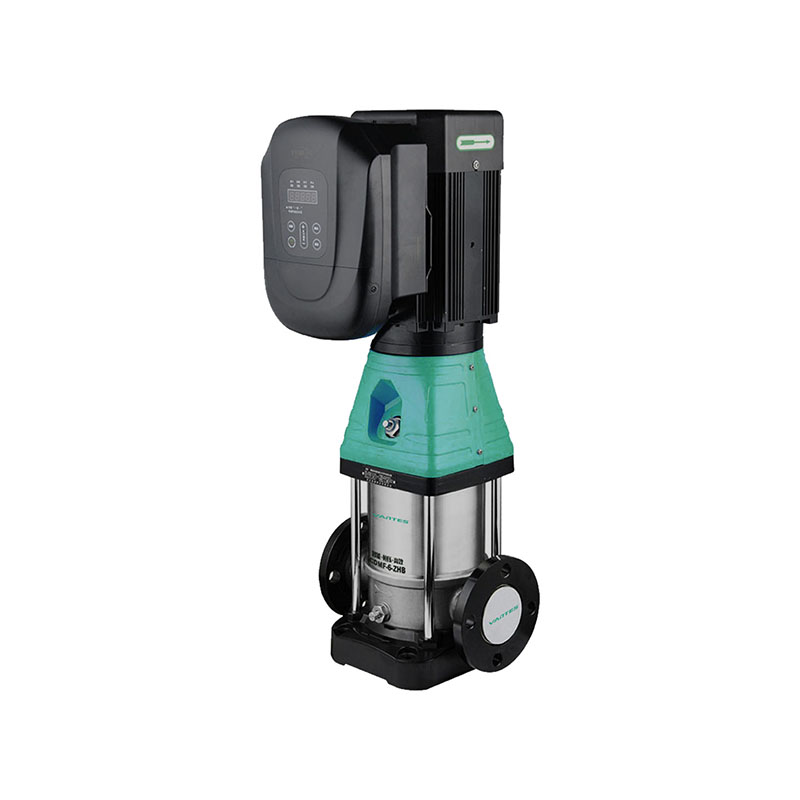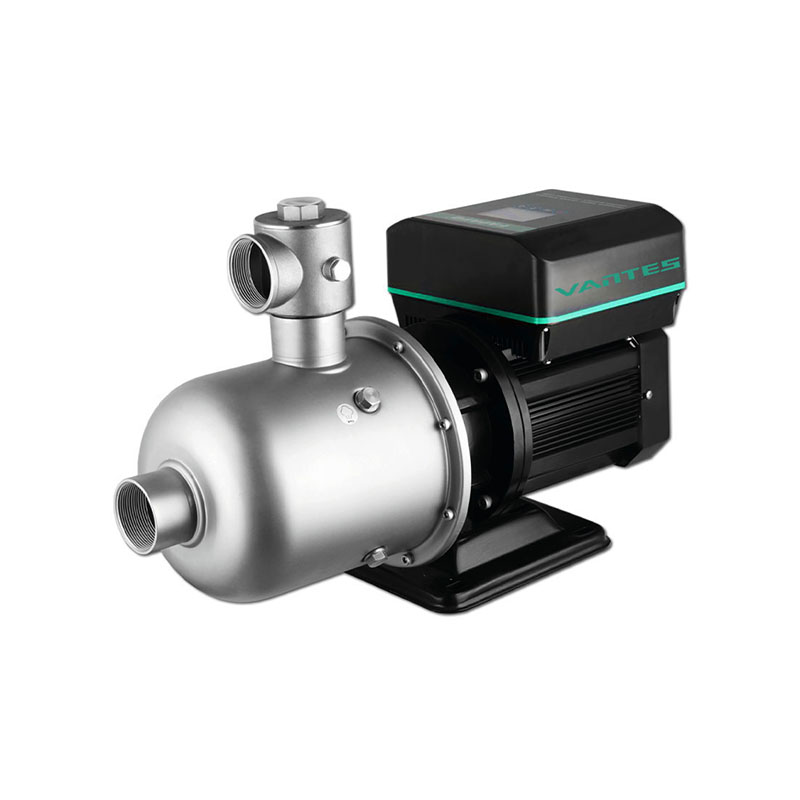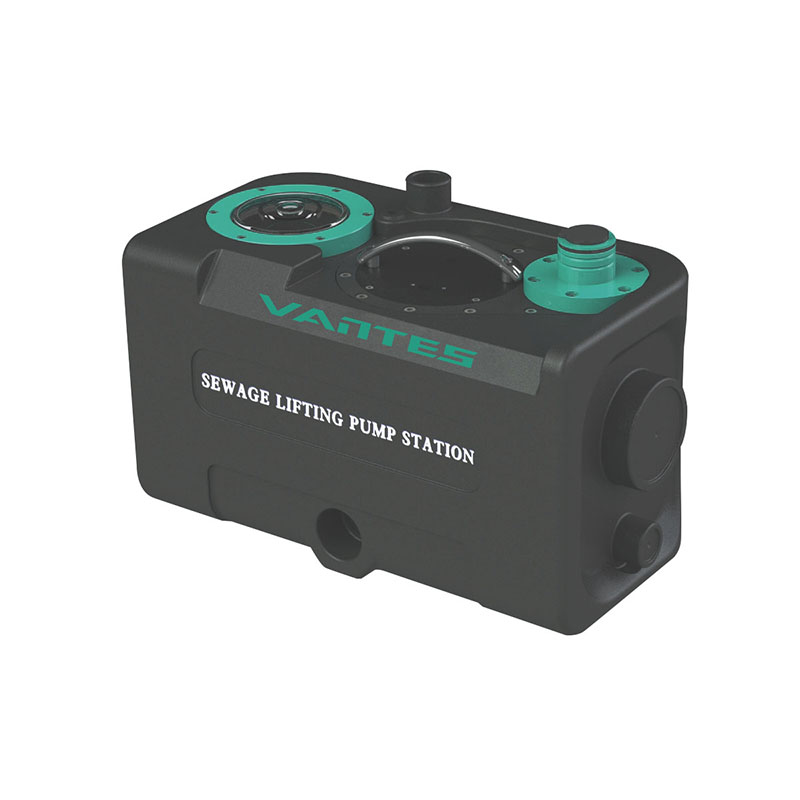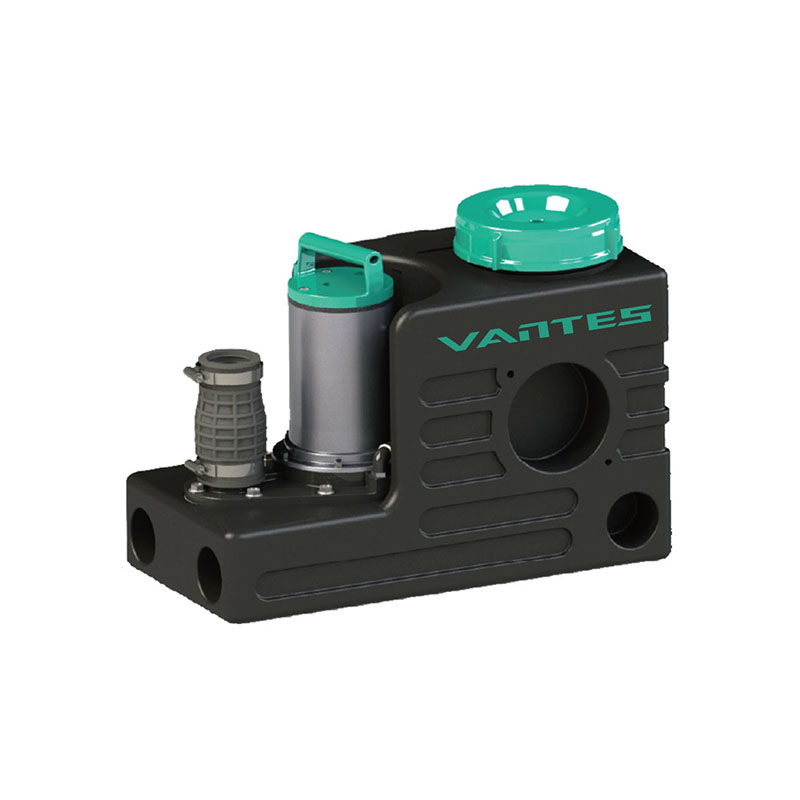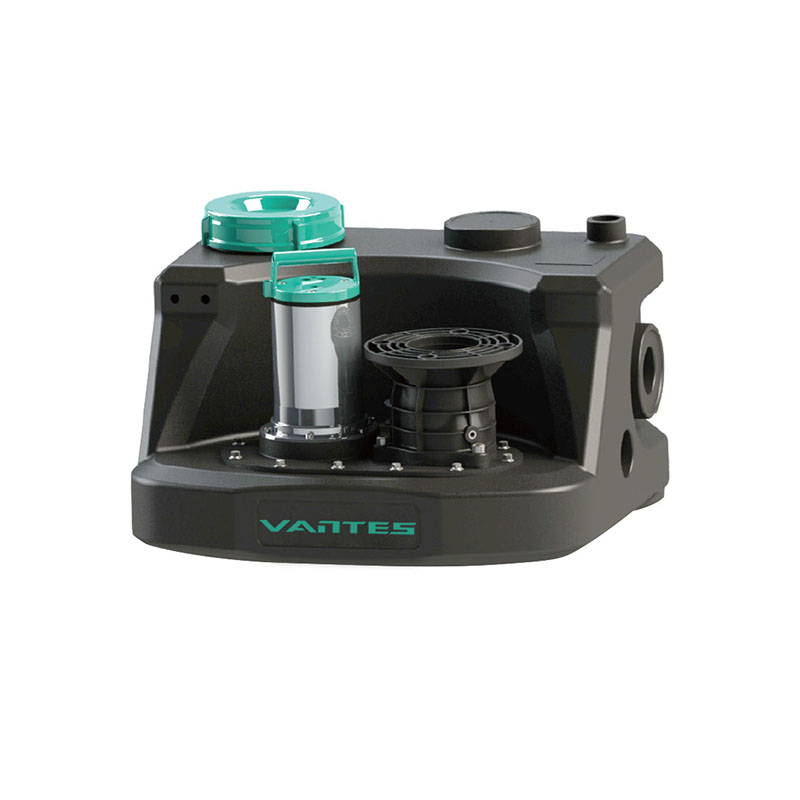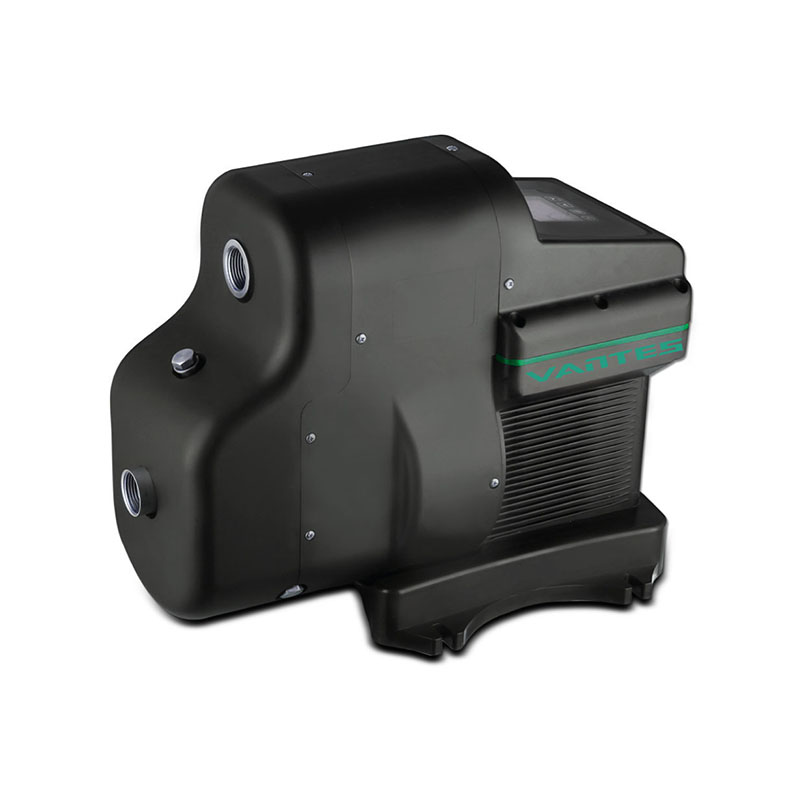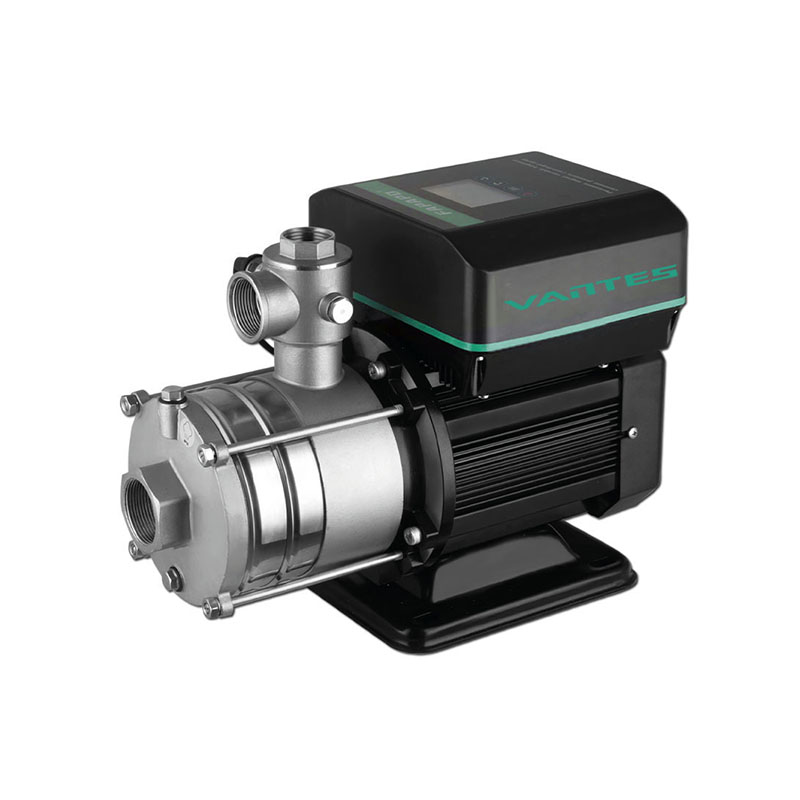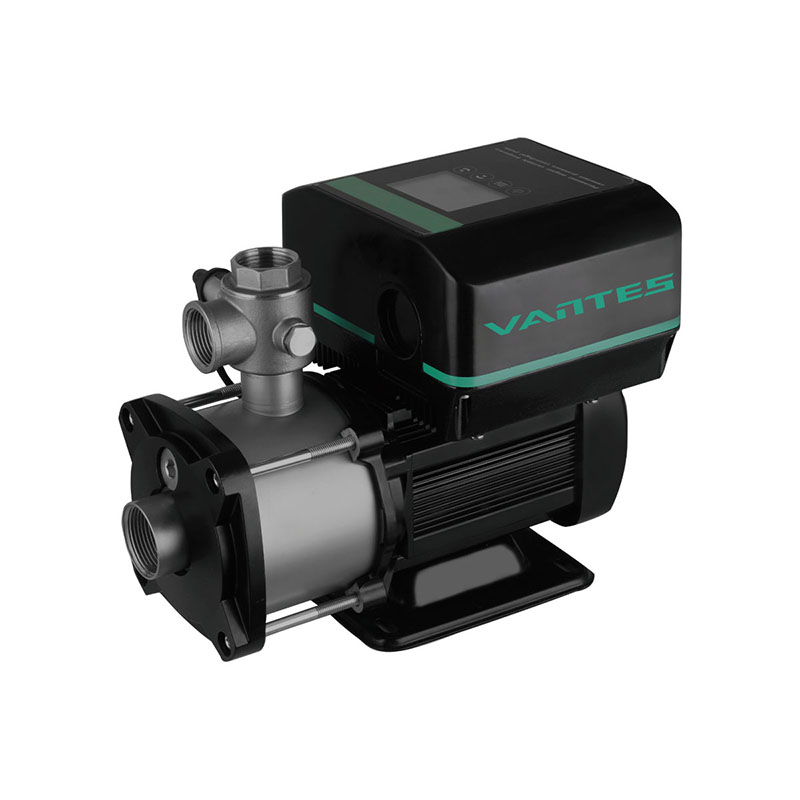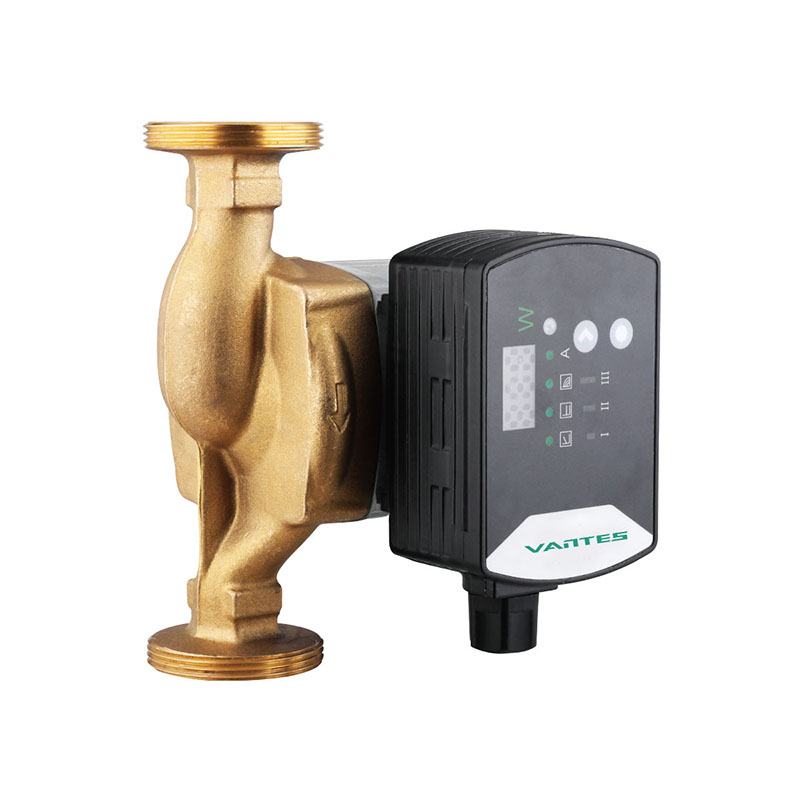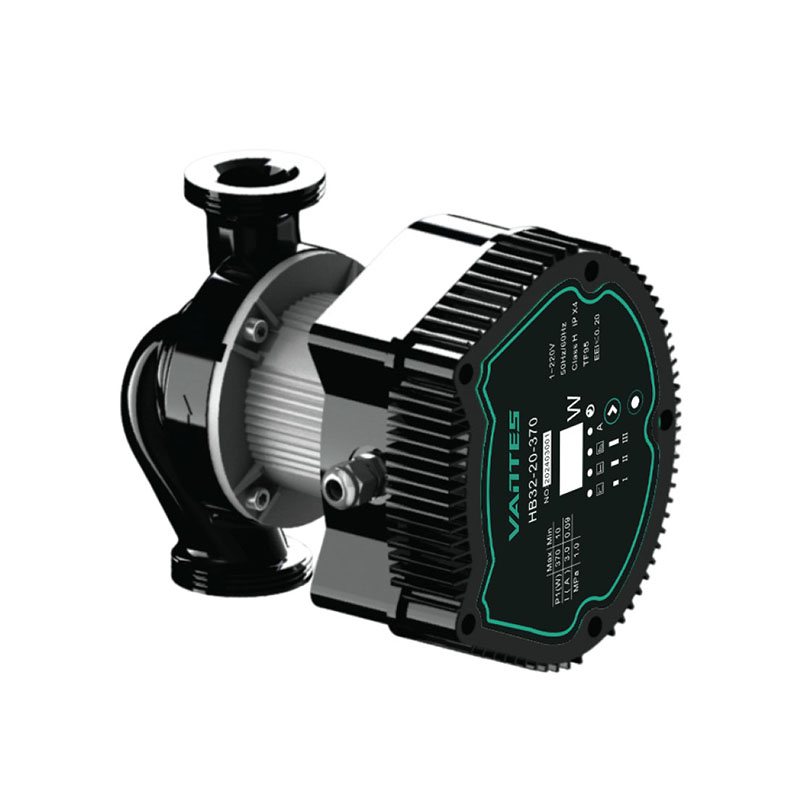As Europe continues to push towards achieving its ambitious sustainability goals, industries are increasingly turning to eco-friendly solutions that help reduce energy consumption, minimize environmental impact, and contribute to a greener future. One such product that has garnered attention across the continent is the booster water pump. Known for its ability to efficiently enhance water pressure in various applications, the booster water pump is quickly becoming a go-to choice for municipalities, industrial sectors, and residential buildings alike.
What Are Booster Water Pumps?
Booster water pumps are specialized pumps designed to increase water pressure within a system. Typically used in settings where the water pressure needs to be boosted to reach higher floors in buildings or cover long distances in industrial processes, these pumps are integral to both residential and commercial water distribution systems. Whether used in high-rise buildings, irrigation systems, or industrial processes, booster pumps ensure that water flows at the necessary pressure levels to meet specific needs.
Booster water pumps are available in various configurations, including single-stage and multi-stage pumps, and are powered by electric motors or other forms of energy. What makes them particularly attractive in Europe is their ability to operate efficiently with minimal environmental impact, making them a key player in the region’s growing focus on sustainable water management.
The Rise of Booster Water Pumps in Europe
Europe’s push towards sustainability and eco-friendly solutions is driven by several factors, including stringent environmental regulations, increasing awareness about climate change, and the rising demand for energy-efficient technologies. The water sector, in particular, has seen significant growth in the adoption of energy-efficient solutions, and booster water pumps are at the forefront of this movement. The following reasons highlight why booster water pumps are becoming popular in Europe:
1. Energy Efficiency and Reduced Carbon Footprint
One of the primary reasons booster water pumps are gaining popularity in Europe is their ability to operate with high energy efficiency, which directly contributes to reducing the carbon footprint of water distribution systems. In an era where energy efficiency is a top priority, especially in the wake of rising energy prices and the global push to reduce greenhouse gas emissions, booster pumps offer a sustainable solution.

Modern booster water pumps are designed with energy-saving technologies, including variable frequency drives (VFDs), which allow the pump to adjust its speed in response to fluctuating demand. This means that the pump only uses the amount of energy necessary for the task at hand, rather than running at full capacity regardless of the need. By reducing energy waste, booster water pumps help lower overall energy consumption, to significant cost savings for businesses and municipalities.
The European Union’s focus on reducing carbon emissions and improving energy efficiency in residential and industrial buildings aligns perfectly with the benefits of booster pumps. As more industries strive to meet the EU’s green energy goals, booster pumps provide a simple yet effective way to contribute to these targets.
2. Water Conservation and Sustainable Resource Management
Water scarcity is an issue that has become increasingly important in Europe, with countries facing rising concerns over the availability and management of fresh water resources. Booster water pumps are designed to optimize water flow, ensuring that water is distributed efficiently throughout a system. By increasing pressure only when necessary, these pumps prevent the overuse of water, contributing to better conservation practices.
In agricultural sectors, for instance, booster pumps are used in irrigation systems to ensure that water is distributed precisely where it’s needed, reducing water waste. In urban areas, these pumps help improve the efficiency of water distribution systems, reducing losses due to leakage or poor pressure control. By ensuring a more controlled flow of water, booster pumps support sustainable water management practices that are crucial in regions facing water shortages.

